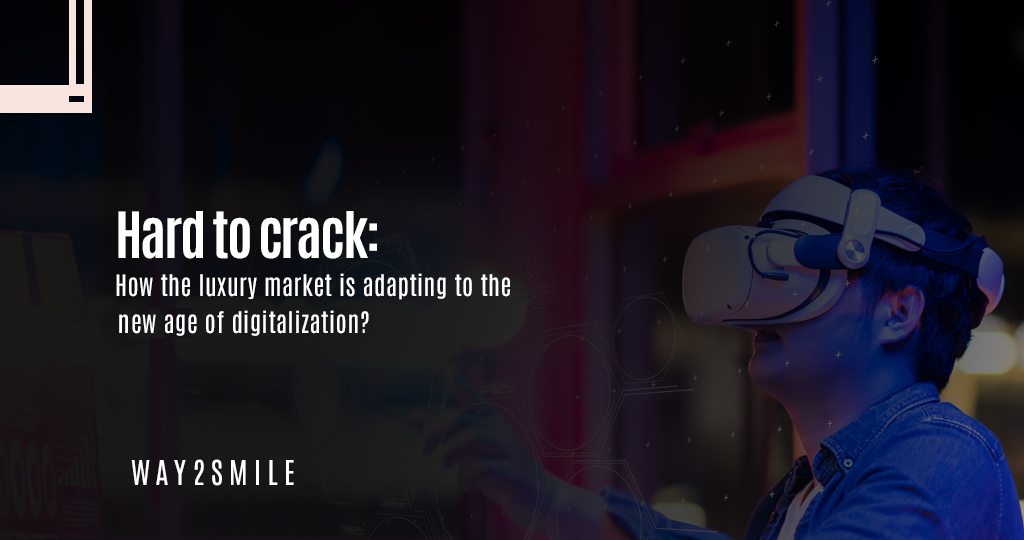You must have heard the digital transformation multiple times, but do you know its real meaning? Digital transformation refers to using digital technology to form new or modify existing business culture, processes, and customer experiences to meet dynamic business and market needs. This reimaging of businesses in the digital era is digital transformation. Currently, each of us has become so much used to digital technology that we are unable to imagine our lives without it. However, when it comes to adopting digital transformation in the work environment, we hesitate. We might feel that we are not ready or it will require loads of money and efforts, which is not the case always.
Digital transformation is not just about making an app and offering your customers with 24*7 connectivity. It is not about acquiring technology and letting others learn how to use it. It is also not only about using technology to simplify a specific process. Rather, digital transformation uses technology to revolutionize your business completely to make it more productive and efficient, more satisfying for the employees, more attractive for your existing and potential customers, and more profitable. Look for the following signs to know if your business is ready for digital transformation.
Your Team has What It Takes
First and foremost, the CEO of your company should be supportive of the idea since they stand at the top of your company and your management would take their cues from the CEO whether or not they realize it. However, the qualities and skills of your entire team also play an important role. The skills include:
- Strong collaborative skills
- The ability to think about the future
- A transformative vision
- A change-oriented mindset
Your Company is Agile
Here, agility means the ability of an organization to quickly adapt to any changes in efficient and effective ways. Agility pre-supposes the innovative culture – one that embraces the changes as well as actively seeks them. Successful digital transformation will result in changes as per your style of doing business and maximizing the worth of the digital transformation will be based on observing opportunities for change, specifically to business models, just as they arise and being willing to pivot.
You have Capital Plan
Digital transformation serves as an investment in the future of your company, and that future will rely on attaining the right teams and the right technology. To succeed at this, your capital planning must consider fluctuations in profit, including adopting apt benchmarks of success at every stage.
You are aware of the Importance of Enlisting Partners on Your Way
Successful digital transformation includes moving beyond the current capabilities of your company. That implies knowing who to enlist as partners and when to enlist them along the way. A forward-looking business transformation strategy means bringing in a partner who offers technology-enabled solutions required to automate manual business processes.
Five Key Challenges by Leaders
Coping with the speed of change
Currently, customers value the way they experience brands more than ever. That extends to offline and online stores, along with social media or other such touchpoints along the way. Most businesses believe that the key way they will differentiate themselves from their contemporaries. The downside is that it does not leave companies much time to adapt. Moreover, a bad experience is generally a silent killer. This is because most of your customers who leave because of a bad experience will disappear without revealing the reason. To counter this challenge, it is advisable to focus on customer journeys. In case you optimize the touchpoints along the journey instead of trying to win sales, you will then stand an improved chance at keeping your customers around longer. This offers the opportunity to enhance sales and retention resulting in stable growth over the years.
Employee Pushback
You cannot accomplish your goals in the absence of support of your entire firm or at least major of them. Employees are usually the reason behind the change in organizations, although, they can be a huge drawback at times. The overriding concern for the majority of the companies considering digital transformation is employee adoption as well as the way it will impact the culture of the company and its organizational structure. Many of your experienced employees may feel that these changes may threaten their jobs, which might affect productivity and morale. Additionally, there is a notable skill gap where bringing about the type of change required by a Digital Transformation Company is considered. The skillful employees are occupied with essential tasks already and cannot be spared to train others.
Omnichannel Adaptation
These days, consumers jump from one channel to another while making a purchase. They will look at your company’s website, search from mobile phones, or even visit your store only to purchase online later. This is known as an omnichannel shopper and they are infiltrating all the business around the world. If you have traditionally depended upon in-person sales, believing that you are exempted from such behavior of shopper is natural. However, if you abstain from the digital presence, you keep half of your potential customers unaware of your brand.
Going Digital
Successful digital experiences are attained through iteration, where new features get regularly added, measured, pruned, and adjusted, on the bases of usage data and user feedback. However, taking this approach is impossible if your development procedure involves quarterly release cycles. Moreover, the iteration process also involved adjusting workflows, content presentation, business rules, and employ data in a different way than originally envisioned when the systems were made. You do not have to necessarily discard the mainframe of your company but make your data write/read accessible via secure and robust APIs and offer access to your business logic in a manner that is independent of presentation layers.
Injecting Data into Every Decision
Customer data is the roof of digital success. However, effectively gathering, leveraging, and storing customer data and pulling them together is unclear. If you use the data correctly, you can more effectively convert visitors into customers. But figuring out when to use which data is challenging.
Conclusion
To know if your organization is ready for digital transformation, you will need to first consider whether your company’s CEO is the kind of a leader who will persuade the employees towards welcoming the change and adopting it. Then, you must ensure that such a step is appreciated by most of your employees. Lastly, your organization should be agile as well. Next, you must know about the above-mentioned challenges and be prepared for each and every hindrance towards going digital. The process of digital transformation from a traditional one is not going to be a piece of cake, after all.







